1. The Museum of Broken Relationships, Croatia
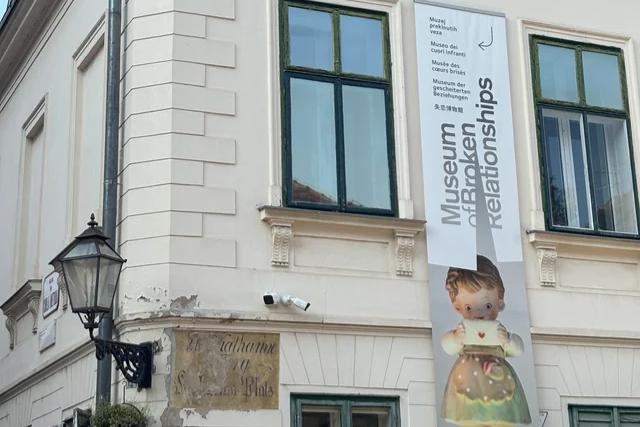
Located in Zagreb, this award-winning museum is dedicated to preserving the love lives that didn’t quite last. It started as a traveling art concept conceived by two Croatian artists, Olinka Vištica and Dražen Grubišić, following their own breakup. The collection consists of objects donated by people from all over the world, each with a story about a failed relationship, be it romantic, familial, or friendly. Items range from the humorous, like an axe used to destroy a former partner’s furniture, to the poignant, such as a wind-up toy or a single dried olive. The museum serves as a deeply emotional archive, offering visitors a space for reflection on the nature of love, loss, and letting go.
2. The Icelandic Phallological Museum, Iceland
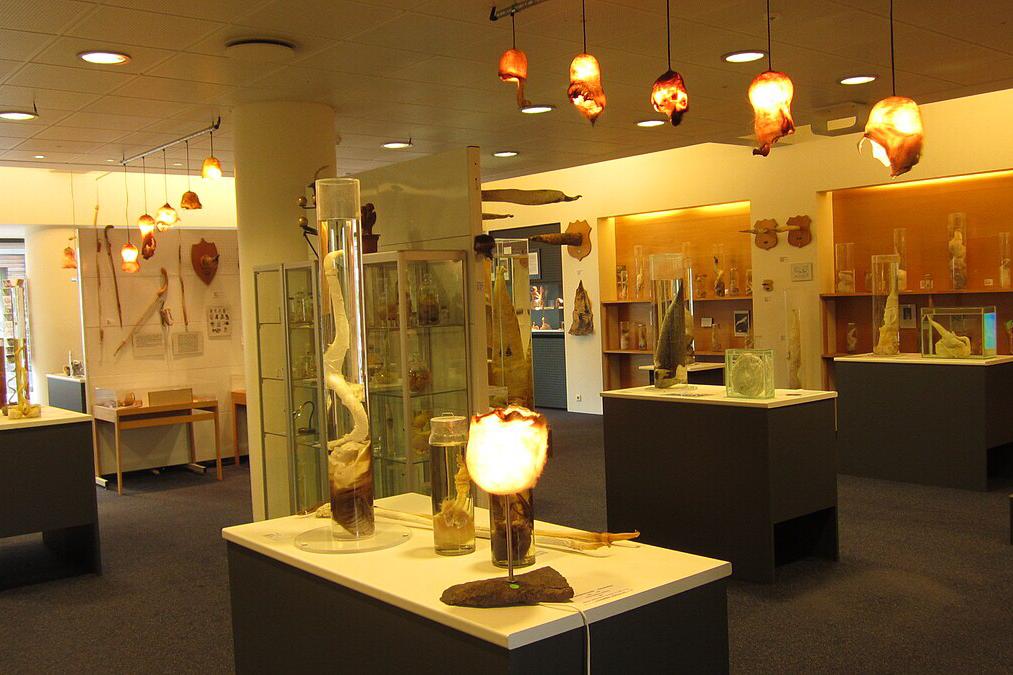
This unique institution in Reykjavík holds the distinction of being the only museum in the world dedicated entirely to phallic specimens. Founded in 1997 by Sigurður Hjartarson, the collection houses over 215 penile specimens from almost all of the 53 types of mammals found in Iceland, including land and sea creatures. The specimens range dramatically in size, from the 170 cm front tip of a blue whale’s p*nis to the tiny, two-millimeter baculum (penile bone) of a hamster, which requires a magnifying glass to view. The museum also features phallic-themed art and folklore, presenting the subject matter in a scientific and lighthearted manner aimed at advancing the field of phallology.
3. Sulabh International Museum of Toilets, Indi
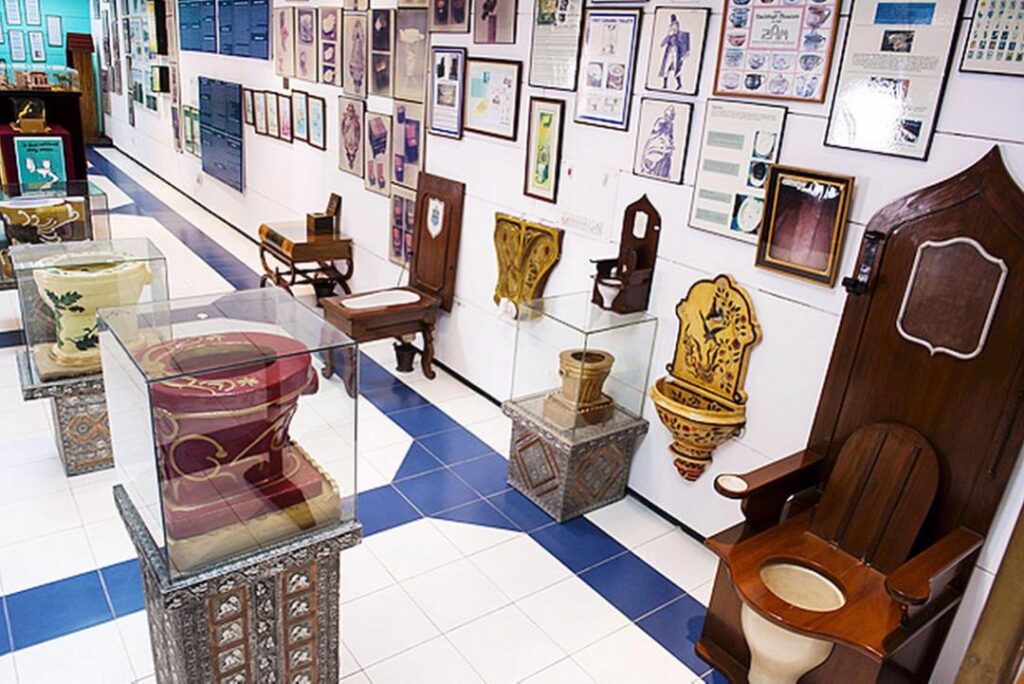
Tucked away in New Delhi, this museum provides a fascinating and detailed journey through five millennia of sanitation history, offering a chronological account of the development of toilets worldwide from 2500 BC to the present day. Founded by Dr. Bindeshwar Pathak, a social reformer and founder of the Sulabh Sanitation Movement, the collection includes a wide variety of rare exhibits. Visitors can view everything from ancient Roman commodes and medieval chamber pots disguised as treasure chests to replicas of the elaborate toilet furniture used by British royalty. The museum uses its unique focus to highlight global sanitation issues and promote awareness about safe and accessible hygiene practices.
4. The Museum of Bad Art (MOBA), USA
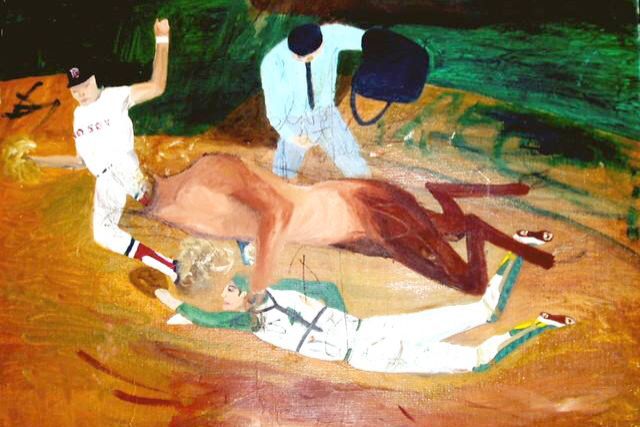
With a motto of “Art Too Bad to Be Ignored,” MOBA champions the collection, preservation, exhibition, and celebration of art whose only shared quality is its spectacular lack of aesthetic merit. Established in 1994, the museum’s initial collection began when a Boston antique dealer discovered the painting Lucy in the Field with Flowers in a pile of trash. The institution now holds a vast collection displayed across various locations in Massachusetts, including a permanent gallery within the Dorchester Brewing Co. MOBA’s curation focuses on pieces created by sincere artists whose work failed dramatically in execution, providing a humorous yet appreciative critique of the often subjective world of fine art.
5. Avanos Hair Museum, Turkey
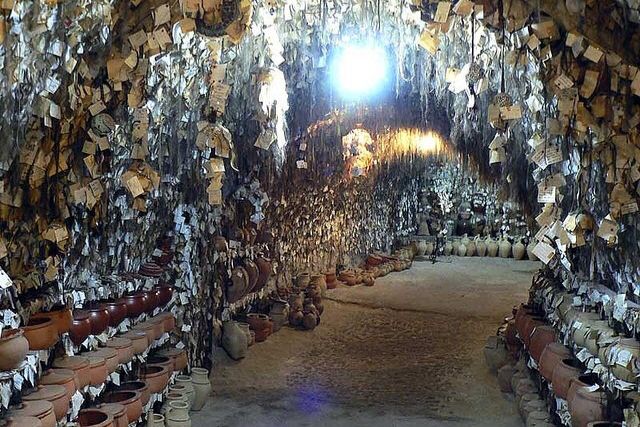
Located in the pottery town of Avanos in Cappadocia, this bizarre museum is housed in a cave beneath a ceramics shop run by potter Chez Galip. The walls, ceiling, and all surfaces, except the floor, are covered in locks of hair from over 16,000 women who have visited the site. The tradition began in 1979 when a friend of the potter, sad about leaving Avanos, cut off a lock of her hair for him to remember her by. Other women who heard the story followed suit, each leaving a lock of their hair, their name, and address. Twice a year, the first customer who enters the shop is invited to choose ten winners from the collection, who receive an all-expenses-paid holiday in Cappadocia.
6. Meguro Parasitological Museum, Japan
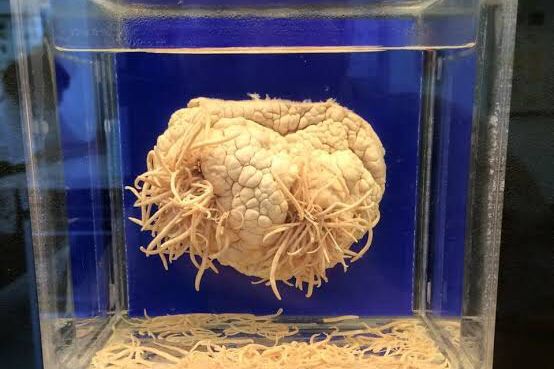
Situated in Tokyo, this small, specialized museum is one of the world’s few institutions dedicated exclusively to the study and public exhibition of parasites. Founded in 1953 by Dr. Satoru Kamegai, the museum’s mission is to advance parasitology research and educate the public on the diversity and life cycles of parasites, and the diseases they cause. The two-story exhibition features around 300 specimens, including detailed explanations of the different types of parasites found in humans and animals. Its most famous exhibit is a stunning 8.8-meter-long tapeworm specimen, preserved in a jar, which was removed from a patient’s body after they consumed infected fish.
7. Momofuku Ando Instant Ramen Museum, Japan
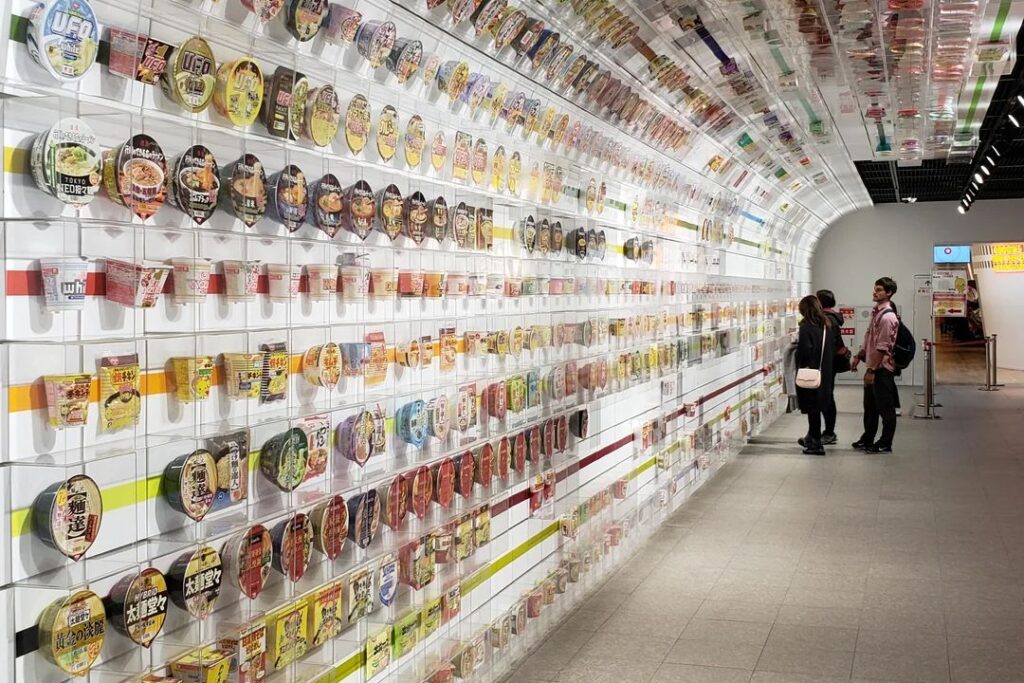
Also known as the Cup Noodles Museum Osaka Ikeda, this museum celebrates the history of instant noodles and the ingenuity of its creator, Momofuku Ando. Ando invented the world’s first instant noodles, “Chicken Ramen,” in 1958, starting the instant noodle industry which now spans the globe. The museum features a historical tunnel showcasing the evolution of instant ramen packaging over the decades. Visitors can explore a faithful recreation of the humble shed where Ando conducted his initial research and, for a small fee, participate in the “My Cup Noodles Factory” where they can design their own cup and choose the broth and toppings for their unique ramen creation.
8. The Viktor Wynd Museum of Curiosities, London
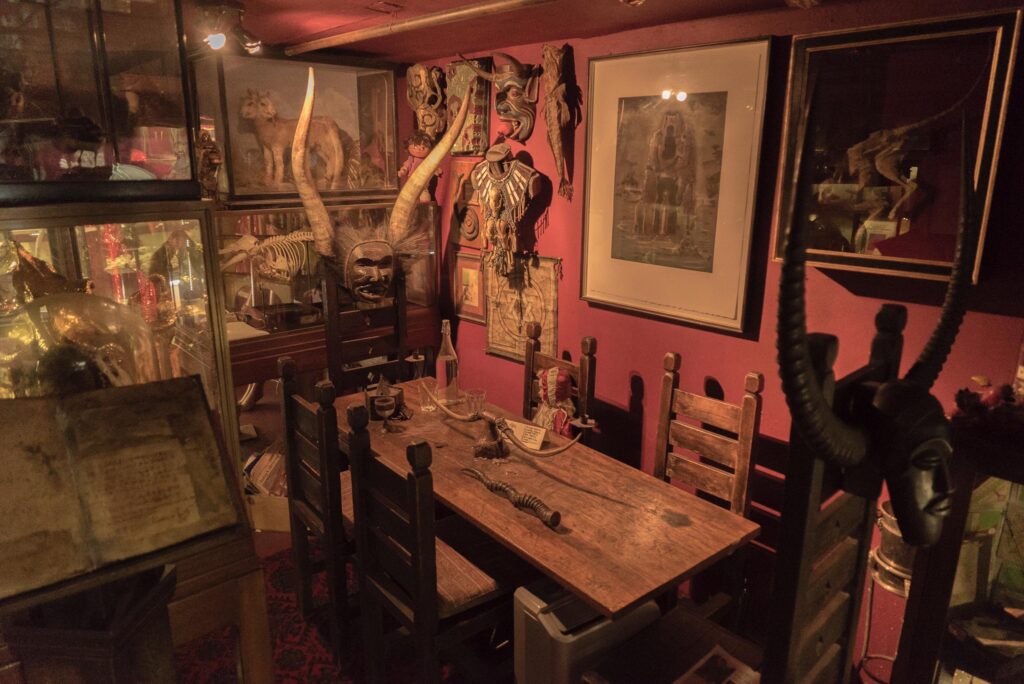
Nestled in East London, this private museum is a classic Wunderkammer (cabinet of curiosities), filled with an eclectic, often macabre, collection of artifacts. The collection, compiled by eccentric artist and collector Viktor Wynd, includes everything from two-headed animals and taxidermy specimens to occult objects, erotic art, and a collection of celebrity hair locks. It houses a dizzying array of natural history specimens, fine art, and pure ephemera, deliberately arranged to provoke thought and wonder. The museum aims to recreate the atmosphere of 17th-century European curiosity cabinets and is housed above a ‘pataphysical’ cocktail and absinthe bar.
9. The International Spy Museum, USA
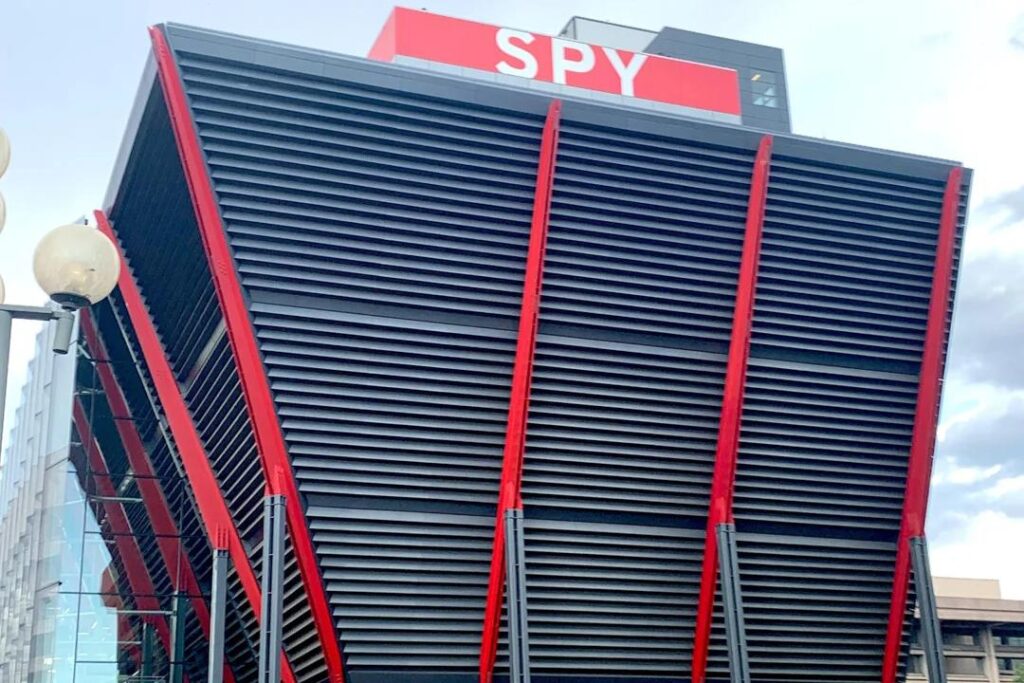
Located in Washington, D.C., this institution is the only public museum in the United States solely dedicated to the tradecraft, history, and contemporary role of espionage. Opened in 2002, it holds the largest collection of international espionage artifacts on public display. Exhibits detail real-life spy operations from ancient history through the Cold War and into the modern era. Visitors can see authentic spy gadgets, such as a lipstick pistol, a shoe with a heel-installed listening device, and code machines. The interactive nature of the museum allows guests to adopt a cover identity and test their own spy skills throughout the exhibits.
10. Museum of Funeral Carriages, Spain
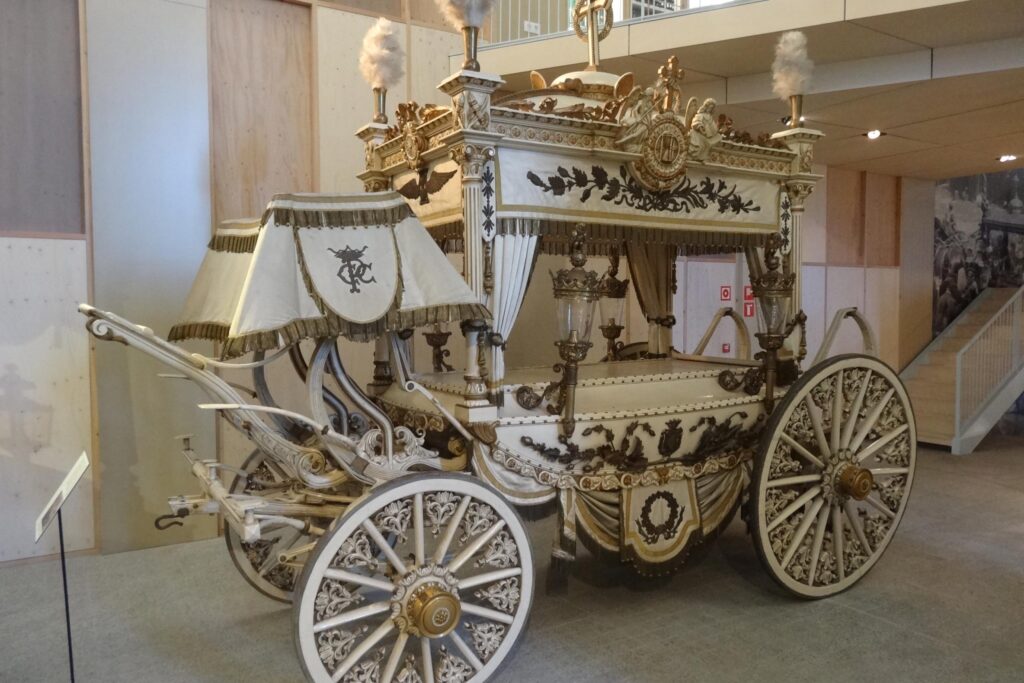
The Museu de Carrosses Fúnebres in Barcelona is considered the only collection of its kind in Europe, showcasing a wealth of artistic symbolism and cultural heritage related to Spanish funeral customs. It was established in 1970 to preserve and honor the magnificent funeral carriages used for transporting the deceased in the 18th and 19th centuries, following the inauguration of the first cemetery outside the city walls. The collection features a variety of ornate hearses, including baroque and rococo designs, and coaches for mourners, demonstrating the incredible craftsmanship and evolving traditions of the funerary ritual over generations.
11. Museum of the Mummies of Guanajuato, Mexico
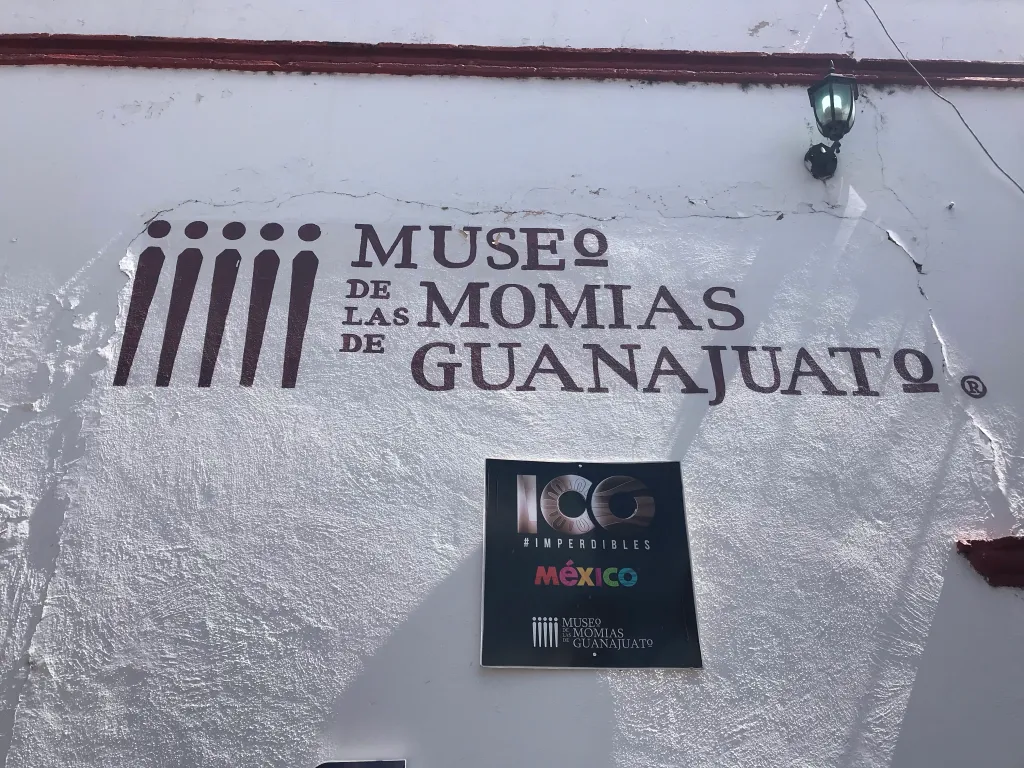
This chilling museum in Guanajuato displays a collection of naturally mummified human bodies exhumed between 1870 and 1958. The mummies were unintentionally created due to a local law requiring a “burial tax” for perpetual interment; if the tax was not paid, the bodies were disinterred. The mineral-rich soil and dry atmosphere of the region led to the incredible natural preservation of the corpses, some of which still wear parts of the clothing in which they were buried. Visitors can see over 100 mummies, including a pregnant woman and the smallest mummy in the collection, a fetus, providing a poignant and macabre insight into a historical period and the town’s unique climate.
12. Kansas Barbed Wire Museum, USA

Known as the “Barbed Wire Capital of the World,” La Crosse, Kansas, is home to this specialized museum that focuses on the history and evolution of fencing wire. Established in 1970, the museum highlights the significant role barbed wire played in the settlement and development of the American West, forever changing the face of the prairie by allowing farmers and ranchers to easily delineate property lines. The collection displays over 2,000 different forms of the wire and related artifacts. It also serves as the headquarters for the Antique Barbed Wire Society, an international organization dedicated to preserving the historical heritage of this ubiquitous invention.
13. The Museum of Medieval Crime, Germany
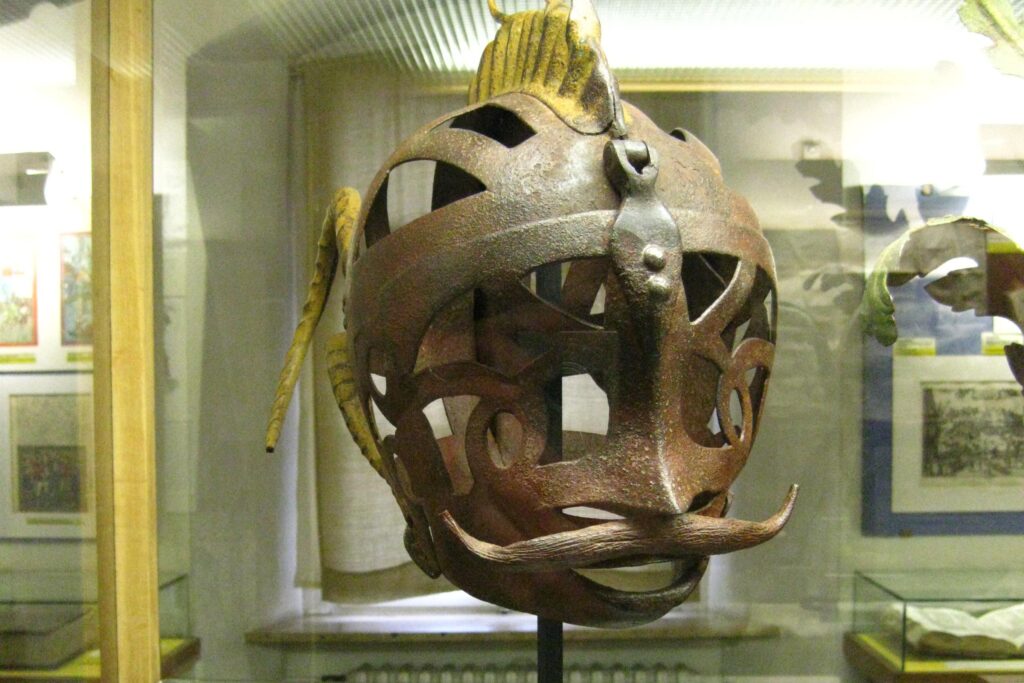
Located in Rothenburg ob der Tauber, a well-preserved medieval town, this museum offers a grim but historically accurate look at law, order, and punishment in the Middle Ages and early modern period. Its exhibits feature a vast collection of authentic artifacts, including terrifying torture devices, executioner’s swords, public shaming devices like the ‘shame mask’ or ‘shrew’s fiddle,’ and legal documents outlining historical crimes and punishments. The museum provides chilling insight into the legal systems, social control methods, and brutal realities of justice during medieval times in Germany and across Europe.
14. The Dog Collar Museum, UK
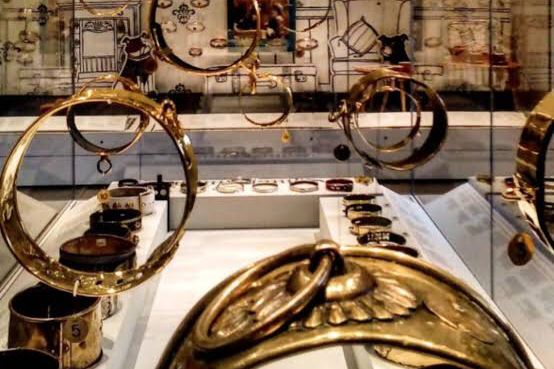
Located within the historic Leeds Castle in Kent, this unique collection is one of the most comprehensive of its kind in the world, tracing the history of dog collars from the 15th century to the modern day. The collection was donated to the castle by Irish medieval scholar John Hunt and his wife in 1976. Exhibits range from ornate, heavily spiked iron collars designed to protect the necks of hunting dogs from bears and wolves, to exquisitely crafted leather and velvet collars fashionable in the Victorian era, reflecting different historical attitudes towards canines, their function, and their social status.
15. The Disgusting Food Museum, Sweden
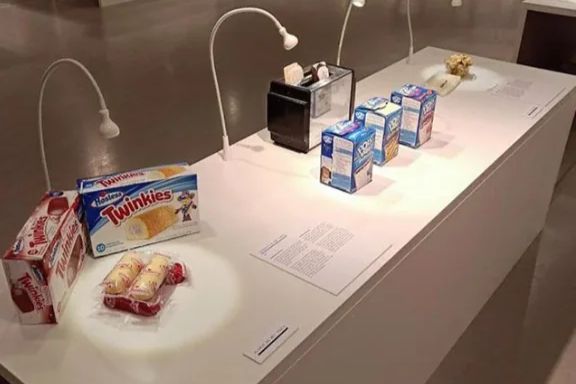
This unusual museum, which opened in 2018 and is currently based in Malmö, challenges visitors’ perceptions of what is palatable by showcasing 80 of the world’s most polarizing foods. The museum highlights how taste is cultural and subjective, featuring dishes that are considered delicacies in some cultures but repulsive in others. Exhibits include hákarl (fermented shark from Iceland), casu marzu (maggot-infested cheese from Sardinia), and bull p*nis. The experience is designed to be fully sensory, and visitors are even invited to smell and, for the brave, taste some of the truly disgusting (to Western sensibilities) exhibits at the tasting bar.
From celebrating the bizarre beauty of failed relationships to documenting the evolution of something as essential as a toilet, these museums prove that human history and creativity know no bounds. They invite us to see the world, and all its strange, wonderful details, from a fresh, often humorous, perspective. Go ahead and start planning your next, most unusual, adventure.
This story 15 Strange Museums That Actually Exist was first published on Daily FETCH


